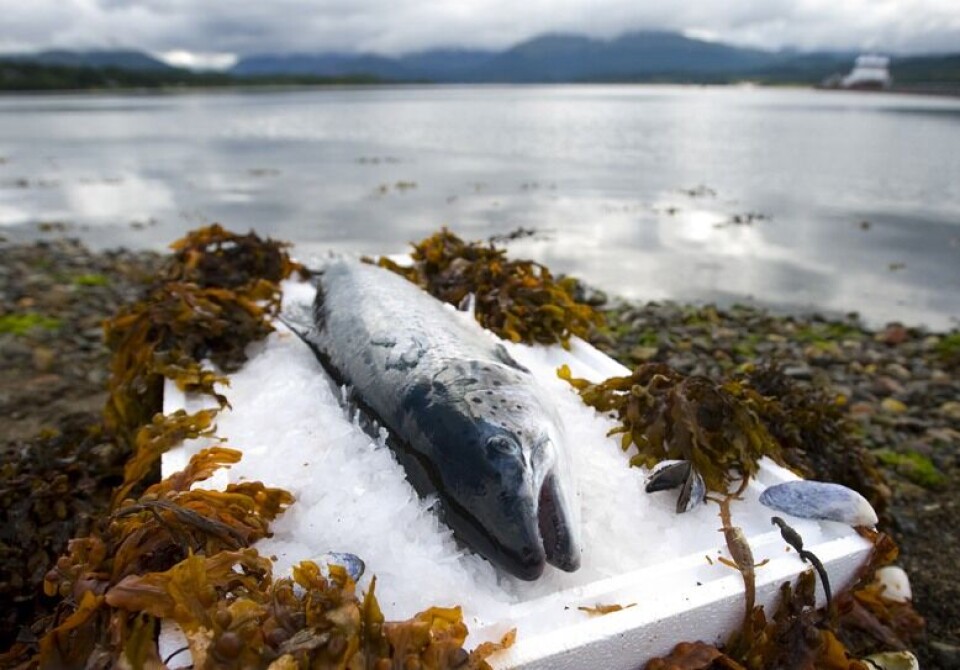
Bank warns of 18% drop in salmon prices
Salmon prices could drop by 18% next year on the back of an 8% volume increase in Norway, according to analysts from the markets department of Nordea Bank.
And Scott Landsburgh, chief executive of the Scottish Salmon Producers' Organisation, said Scotland wouldn't be immune from any price drop.
"The Norwegian market dominates the international market, so if there's an effect on Norwegian prices there'll be a knock-on effect on Scottish prices," he said. "I don't know if it'll be a mirror image, but there'll certainly be an effect."
Reduced demand
Nordea analysts Kolbjørn Giskeødegård and Anders Espedal Hagen warn in their report that demand in the important EU market has been depressed by high prices caused by supply shortages. Although this had been offset by sales elsewhere, there was now a "lack of absorbing power" for increased volumes.
They add: "There is an urgent need to bring back 'old friends' to help absorb volumes. Meanwhile, several EU importers have been locked in at highly priced contracts and some have been considering alternative sourcing. During Q4, this has played out as a relatively sharp price decrease (14%), despite a moderate volume increase (5%).
"If the market responds to volumes in the same way as it did in 2017, 8% supply growth should result in an 18% price decline for 2018. This will bring the price down to NOK 48 per kilo. In our view, this is a realistic scenario."
End-consumer prices stay high
The analysts add that they would normally expect a substantial price drop to kick-start demand in the market, but this turnaround could be delayed because substantial volumes have already been contracted in the NOK 60s and as such will keep prices for end-consumers high for a while yet.
They continue: "The processing industry also needs to recover losses from recent years. For the time being, it is enjoying low purchasing prices and high selling prices. This is just for the volumes not sourced via fixed-price contracts, though.
"The situation now is the opposite of what we saw in 2016, when low contract prices protected end-consumers from price hikes for a long period. The combination of high prices for end-consumers and growing supply might be a toxic combination for salmon prices in H1 2018."
Giskeødegård and Hagen anticipate prices at NOK 48 per kilo next year and in 2019.























































